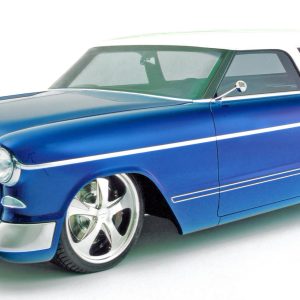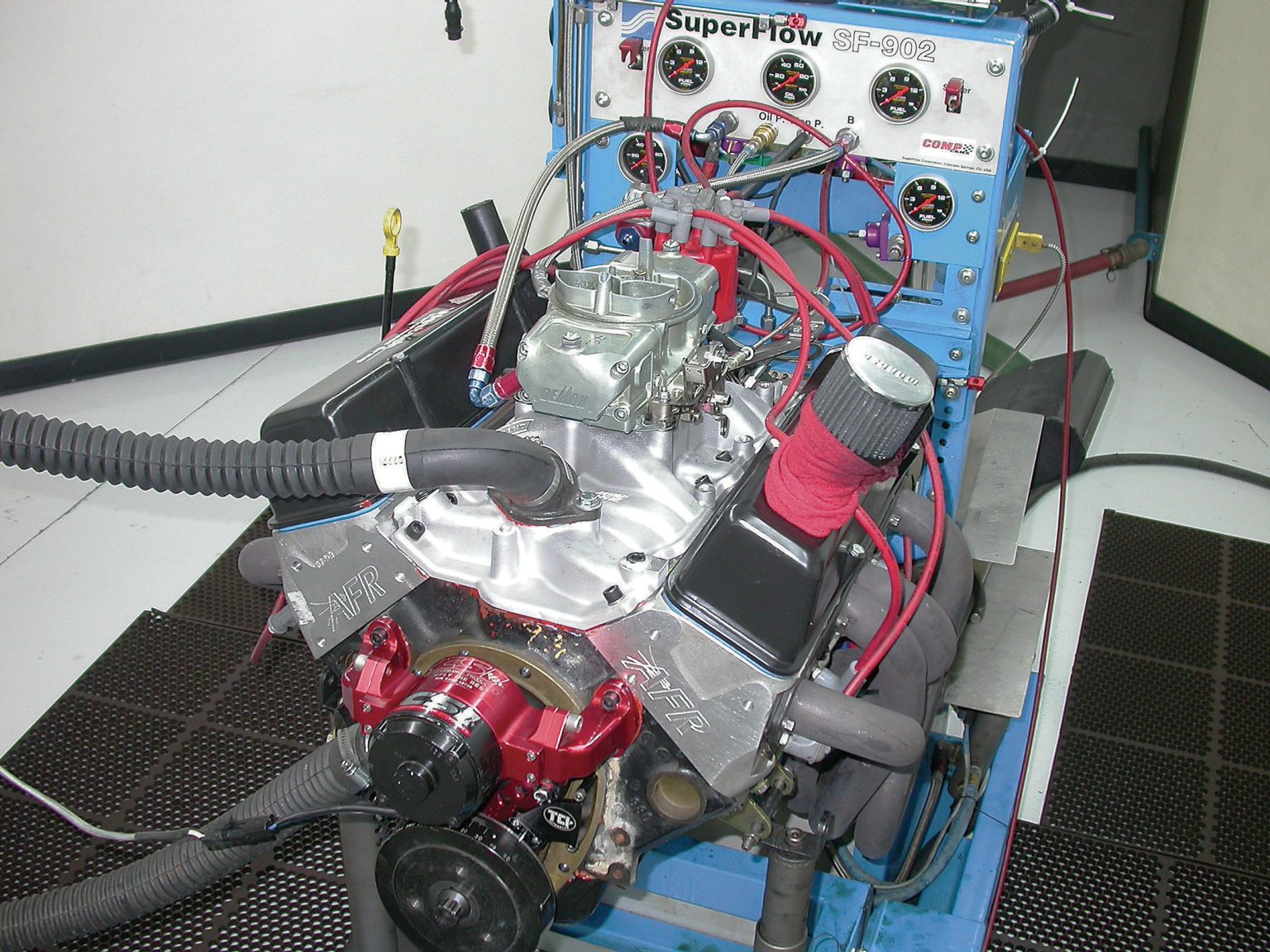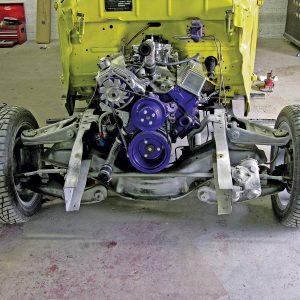
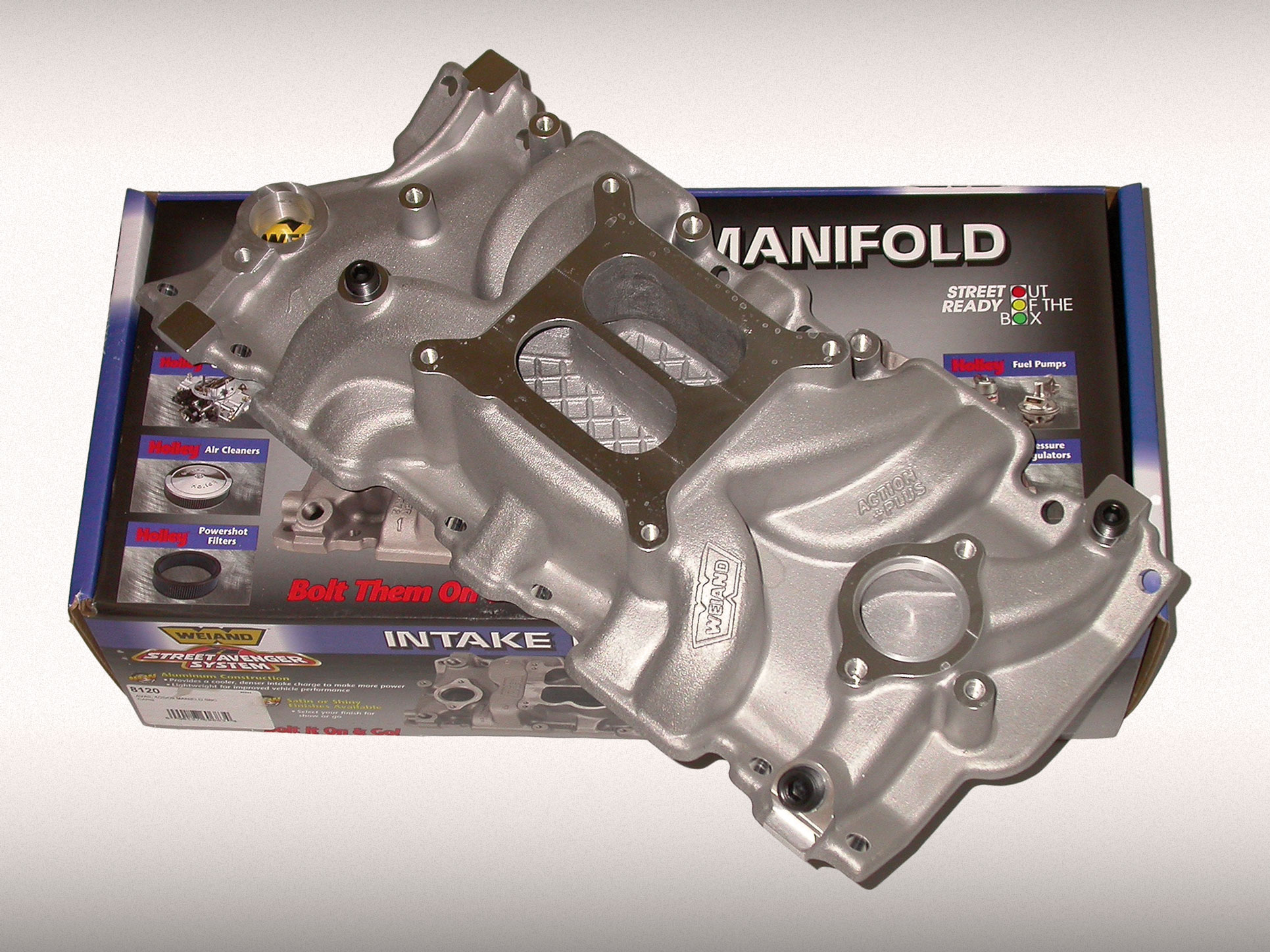

THE AUTO BUILDER
Featured
- All Post
- 20 High Priority - SR Super Rod
- Builds
- 25 High Priority - FB Ford Builder
- Cars
- 30 High Priority - AR American Rodder
- 01 Post Status
- 35 High Priority - RD Rodders Digest
- 40 High Priority - OTR On the Road
- 45 High Priority - SRB Street Rod Builder
- 50 High Priority - TB Truck Builder
- 55 High Priority - BSCENE Buckaroo Scene
- 60 High Priority - FPB Family Power Boat
- Trucks
- Swaps
- Performance Boats
- _000 Home Sliders
- Builders
- 00 Sidebars
- Manufacturers
- 05 High Priority - HCI Hot Compact Imports
- 05 Publications
- 10 High Priority - CR Chevy Rumble
- Back
- Chassis
- Engine
- Fuel System
- Electrical
- Exhaust
- Transmission / Drivetrain
- Suspension
- Steering
- Brakes
- Wheels and Tires
- Interior
- Exterior
- Accessories
- Power Adders
- Back
- Chassis
- Engine
- Fuel System
- Electrical
- Exhaust
- Transmission / Drivetrain
- Suspension
- Steering
- Brakes
- Wheels and Tires
- Interior
- Exterior
- Accessories
- Power Adders
- Back
- Chassis
- Engine
- Electrical
- Exhaust
- Fuel System
- Transmission / Drivetrain
- Suspension
- Steering
- Brakes
- Wheels and Tires
- Interior
- Exterior
- Accessories
- Power Adders
- Back
- Chassis
- Engine
- Electrical
- Exhaust
- Fuel System
- Transmission / Drivetrain
- Suspension
- Steering
- Brakes
- Wheels and Tires
- Interior
- Exterior
- Accessories
- Power Adders
- Back
- Chassis
- Engine
- Fuel System
- Electrical
- Exhaust
- Transmission / Drivetrain
- Suspension
- Steering
- Brakes
- Wheels and Tires
- Interior
- Exterior
- Accessories
- Power Adders
- Back
- Chassis
- Engine
- Fuel System
- Electrical
- Exhaust
- Transmission / Drivetrain
- Suspension
- Steering
- Brakes
- Wheels and Tires
- Interior
- Exterior
- Accessories
- Power Adders
- Back
- Chassis
- Engine
- Fuel System
- Electrical
- Exhaust
- Transmission / Drivetrain
- Suspension
- Steering
- Brakes
- Wheels and Tires
- Interior
- Exterior
- Accessories
- Power Adders
- Back
- Engine
- Fuel System
- Electrical
- Outdrives
- Steering
- Interior
- Accessories
- Power Adders
- Exterior and Hull
- Back
- Chassis
- Engine
- Electrical
- Exhaust
- Fuel System
- Transmission / Drivetrain
- Suspension
- Steering
- Brakes
- Wheels and Tires
- Interior
- Exterior
- Accessories
- Power Adders
- Back
- Chevrolet
- Cadillac
- Pontiac
- AMC
- Buick
- Jeep
- Lincoln
- Ford
- Honda
- GMC
- BMW
- Mitsubishi
- Dodge
- Nissan
- Chrysler
- Subaru
- Toyota
- Plymouth
- Mercury
- Volvo
- Volkswagen
- Oldsmobile
- Acura
- Back
- 05 Pub HCI Hot Compact Imports
- 15 Pub 4x4 4x4 Builder
- 20 Pub SR Super Rod
- 25 Pub FB Ford Builder
- 30 Pub AR American Rodder
- 35 Pub RD Rodders Digest
- 40 Pub OTR On the Road
- 55 Pub BSCENE Buckaroo Scene
- 10 Pub CR Chevy Rumble
- 50 Pub TB Truck Builder
- 60 Pub FPB Family Power Boat
- 45 Pub SRB Street Rod Builder
- Back
- Chip Foose
- Ring Brothers
- Jack Fuller
- Bob Cullipher
- Jerry Nichols
- Bobby Alloway
- Jesse James
- Carl Casper
- J.F. Launier
- Steve Sellers
- Boyd Coddington
- Rad Rides by Troy
- Cal Auto Creations
- George Barris
- West Coast Customs
- Back
- Street Rods
- Hot Rods
- Late Model
- Drag Race
- Handling
- Compact Cars
- Chassis
- Engine
- Fuel System
- Electrical
- Exhaust
- Transmission / Drivetrain
- Suspension
- Steering
- Brakes
- Wheels and Tires
- Interior
- Exterior
- Accessories
- Power Adders
- Chassis
- Engine
- Fuel System
- Electrical
- Exhaust
- Transmission / Drivetrain
- Suspension
- Steering
- Brakes
- Wheels and Tires
- Interior
- Exterior
- Accessories
- Power Adders
- Chassis
- Engine
- Electrical
- Exhaust
- Fuel System
- Transmission / Drivetrain
- Suspension
- Steering
- Brakes
- Wheels and Tires
- Interior
- Exterior
- Accessories
- Power Adders
- Chassis
- Engine
- Electrical
- Exhaust
- Fuel System
- Transmission / Drivetrain
- Suspension
- Steering
- Brakes
- Wheels and Tires
- Interior
- Exterior
- Accessories
- Power Adders
- Chassis
- Engine
- Electrical
- Exhaust
- Fuel System
- Transmission / Drivetrain
- Suspension
- Steering
- Brakes
- Wheels and Tires
- Interior
- Exterior
- Accessories
- Power Adders
- Chassis
- Engine
- Fuel System
- Electrical
- Exhaust
- Transmission / Drivetrain
- Suspension
- Steering
- Brakes
- Wheels and Tires
- Interior
- Exterior
- Accessories
- Power Adders
- Back
- 05 Post Imported
- 20 Post Missing Images (All)
- 25 Post Missing Images (Partial)
- 15 Post In Progress
- 30 Post Internal Review
- 40 Post On Hold
- 50 Post Approved
- 10 Post Images Imported
- 17 Post Missing TXT Files
- 18 Post Missing PDF Files
- 27 Post Missing Content
- Back
- Chassis
- Engine Swaps
- Interior Swaps
- Driveline
- Back
- Street Trucks
- OffRoad Trucks
- Chassis
- Engine
- Fuel System
- Electrical
- Exhaust
- Transmission / Drivetrain
- Suspension
- Steering
- Brakes
- Wheels and Tires
- Interior
- Exterior
- Accessories
- Power Adders
- Chassis
- Engine
- Fuel System
- Electrical
- Exhaust
- Transmission / Drivetrain
- Suspension
- Steering
- Brakes
- Wheels and Tires
- Interior
- Exterior
- Accessories
- Power Adders
- Back
- 01 Sidebar Left
- 01 Sidebar Right
Action Packed
Weiand’s New Small-Block Intake Makes a Great Choice for ZZ4-Powered Street Rods, or Any Other Mild 350 Chevy
Author

Richard Holdener
Words & Photography
Sure they fit perfectly, offer impressive throttle response and low-speed power, but they weigh a ton. The cast-iron intake manifold is right up there with a set of cast-iron cylinder heads. For those lucky enough to have grown up in the current age of enlightenment (in this case meaning lightweight aluminum heads and intakes), try hefting a set of iron heads some time, if for no other reason than to further appreciate the fantastic attributes of space-age alloy. While performance intake manifolds cast from aluminum for the small-block Chevy are not exactly new, that doesn’t mean intake manifold companies have been sitting idle for the past 10 to 20 years. The automotive world has replaced the carburetor with modern fuel injection, but how many small-block Chevy owners continue to choose the simplicity of carburetion for everything from daily drivers to tricked-out street rods?
From the very beginning, the small-block Chevy has been blessed with a strong aftermarket following. Performance components also cropped up for the new motor immediately after its introduction. Naturally, the intake manifold is a critical part of the performance equation, so a great many companies started offering performance manifolds to improve upon the power output of the small block. Enthusiasts were busy ripping off those heavy chunks of iron and replacing the restrictive intakes with performance-oriented versions made of aluminum.
Enthusiasts were twice blessed, as the aluminum intake offered superior performance and a drop in weight, further improving acceleration (and handling and braking as well), and also providing carburetor base plate mounting for the Holley carburetor. Given the long life of the original small-block Chevy, it might seem that every conceivable intake combination has already been produced. While we certainly have a great many intakes to choose from—single plane, dual plane, high torque and individual runner—time and technology march on, taking intake design right with them. Who are we to argue with the additional power that comes from improvements in induction technology, and why would we?
One longstanding company that has embraced new technology along the way is Weiand. A performance supplier to small-block enthusiasts, Weiand decided to take yet another hard look at its intake systems. This, of course, was all in an attempt to find potential areas of improvement. We salute this kind of effort, as it is quite easy for a company with a strong product line to simply sit back on its laurels and continue to sell its already successful products. The decision to improve upon a number of components within its existing product line shows a dedication to the end user. After all, as performance enthusiasts we want nothing short of the maximum amount of power available for our particular applications, and at the most affordable cost. Given the wide variety of intake manifolds available today for the small block—even in the Weiand catalog—it is every bit as important to choose the proper intake for a given combination as it is to choose a performance intake in the first place.
There is no one single intake design that is ideal for all small-block combinations. This is why there are so many different variations in the first place. Your daily-driven, small-block-powered street rod will naturally require a different intake than a higher-compression, wilder-cammed small block—say, in an all-out Chevelle muscle car. Choosing the same intake for both applications would not show the inherent weakness of the intake, but rather the misapplication of the product in relation to the engine it is installed on, as well as the weight of the vehicle and how it is driven.
To illustrate the power gains offered by the new line of Weiand intake manifolds, we chose one specific intake for a specific application. In this case, our application was a rather mild small block consisting of a ZZ4 short block topped by a set of AFR 190 heads. The ZZ4 has been one of the most popular GM crate motor assemblies for street rodding, and the heads (although not an absolute necessity) provide this short block with the ability to produce exceptional power with the right cam and intake. We chose to create a mild combination by installing the mildest profile in the Xtreme Energy (hydraulic flat tappet) lineup. In an effort to improve the inherent intake-to-exhaust flow differential, we chose a dual-pattern cam profile. The dual-pattern XE250H cam checked in with a .432-/.444-inch lift split, a -206-/212-degree duration split and a 110-degree lobe separation angle. This cam was basically just one step above a stock Chevy cam in terms of duration (stock cams are near 200 degrees of duration at .050 inch). Our intake of choice was the Weiand Action Plus (part No. 8120), which was designed as a replacement intake for mild small-block applications, where low-speed torque production is every bit as important as peak power. This mild motor proved tailor-made for the new Action Plus intake.
The mild 355 Chevy was topped off with a stock (heavy) cast-iron Q-Jet intake and carburetor. It should be noted that in almost every instance, the factory four-barrel intake is tough to beat in the lower rev ranges. The small ports offered by the dual-plane design greatly enhance throttle response and (especially) low-speed power. Performance intake swaps often involve a trade-off in power, a sacrifice in low-speed power for additional top-end. While this trade-off might ultimately improve full-throttle acceleration, the goal of this particular (mild) 355 application is not absolute power production. What makes this small block so attractive for street use is the broad torque curve (exceeding 400 lb-ft). The motor won’t push your street rod into the 11-second quarter-mile performance range, but it will provide the perfect combination of mileage, throttle response and acceptable performance, even when used in a heavy street rod. Ideally, the performance intake chosen for this motor should take this into account, offering improved performance without any of the usual sacrifices.
Sporting the factory Q-Jet intake and carb, the AFR-headed ZZ4 test motor produced, as expected, peak numbers of 357 horsepower at 5,200 rpm and 414 lb-ft of torque at 3,700 rpm. Note that the peak power numbers occurred at low engine speeds. That this 355 exceeded 400 lb-ft of torque from 2,900 to 4,300 rpm is a testament to the fact that it was built for torque. Helping things along in this department were the small-port factory intake and the Q-Jet carb. Working with the small cam, the combination produced exceptional torque in the low- and mid-range.
After running the stock intake, we installed the Weiand Action Plus. The Weiand came equipped to accept a 4150-style carb. Since we didn’t have a Holley carb at our disposal, we relied on a Barry Grant 750 Might Demon. Both the Q-Jet and the Mighty Demon carb were jetted to provide an optimum/safe air/fuel curve near 13.0:1 at the power peak. Equipped with the Weiand intake, the peak power numbers jumped to 367 horsepower at 5,100 rpm and 424 lb-ft of torque at 3,800 rpm. Every bit as important as the maximum power gain (20 horsepower at 5,900 rpm) was the fact that the Weiand did not lose any power down low compared to the stock intake. In fact, the Weiand improved power output at 2,500 rpm and then carried this torque advantage all the way to 6,000 rpm. Equipped with the Weaind intake, torque production from the small block now exceeded 400 lb-ft from 2,500 to 4,600 rpm.
This makes for a sensible street rod combination. It’s simple, inexpensive and will provide a great throttle response and excellent performance everywhere within the powerband. It should also deliver decent fuel mileage for those long trips to out-of-state rod runs. AR
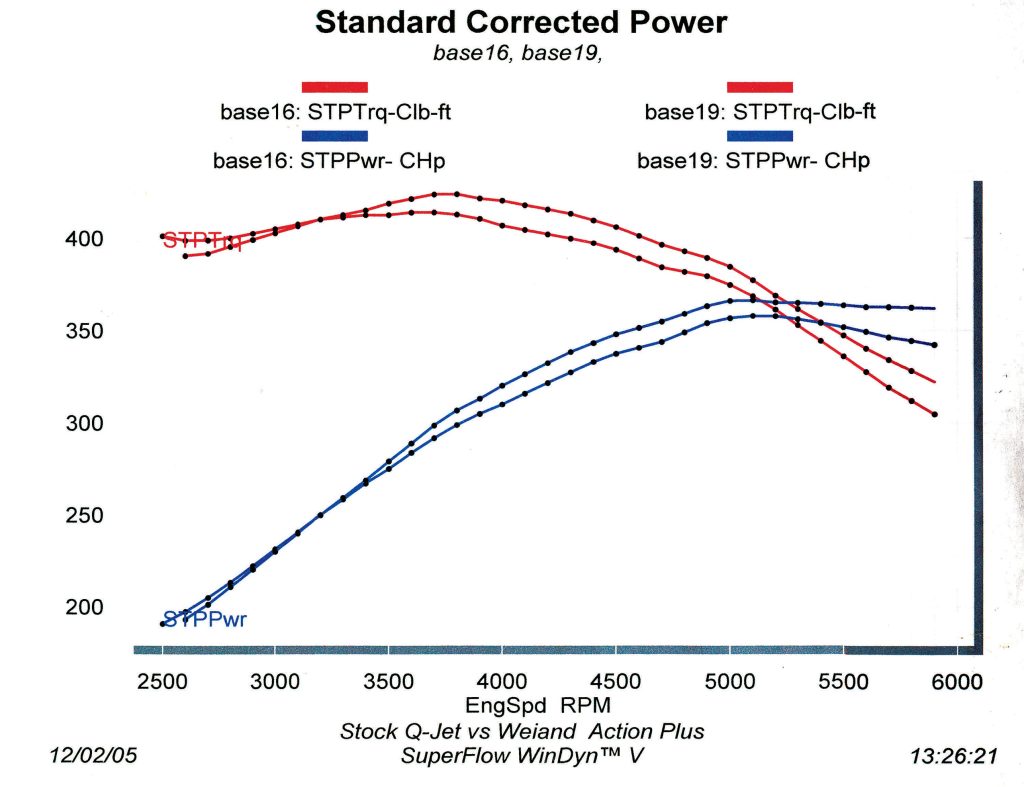
ARTICLE SOURCES
Weiand - A Division of Holley
1-866-464-6553







